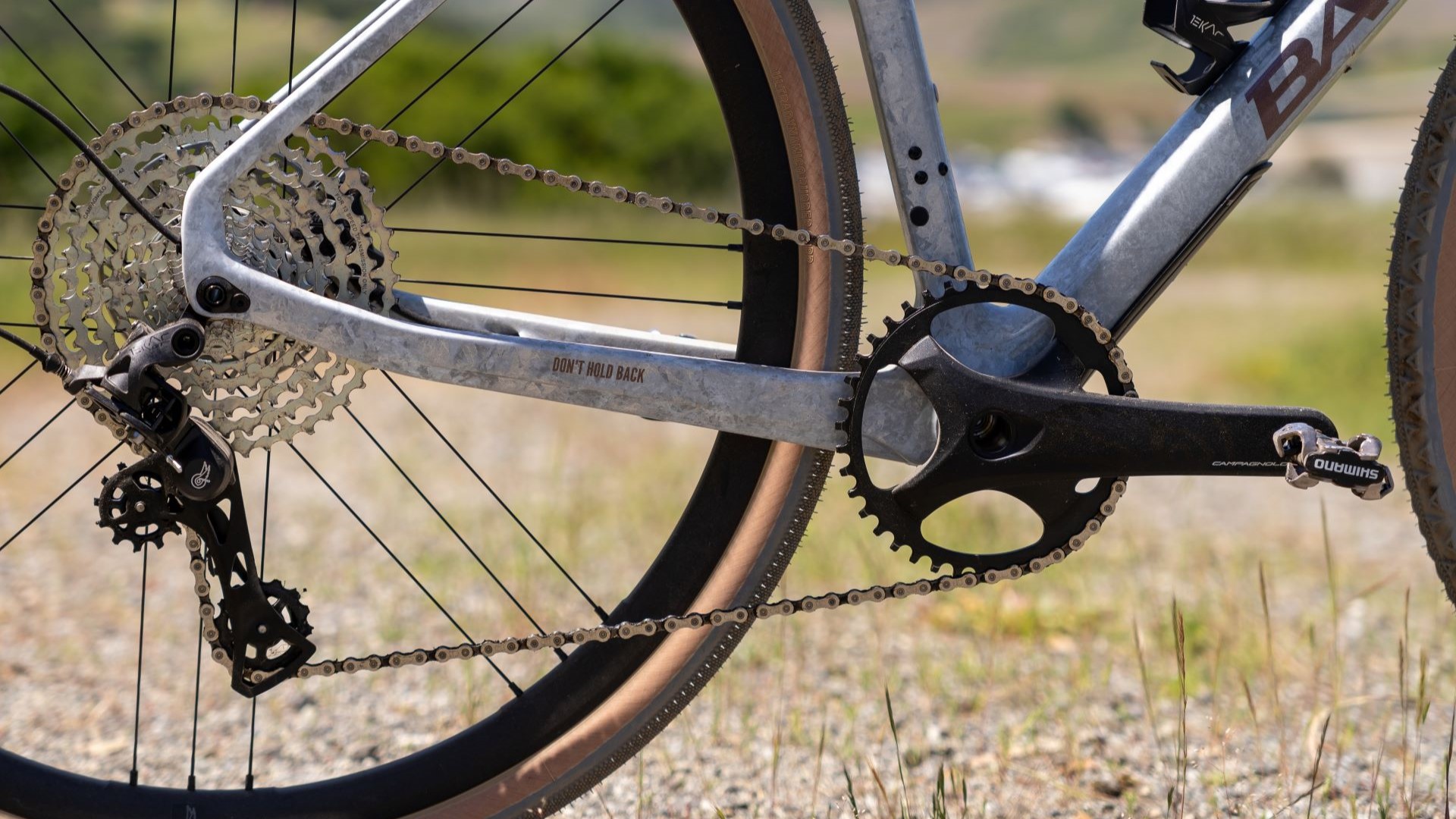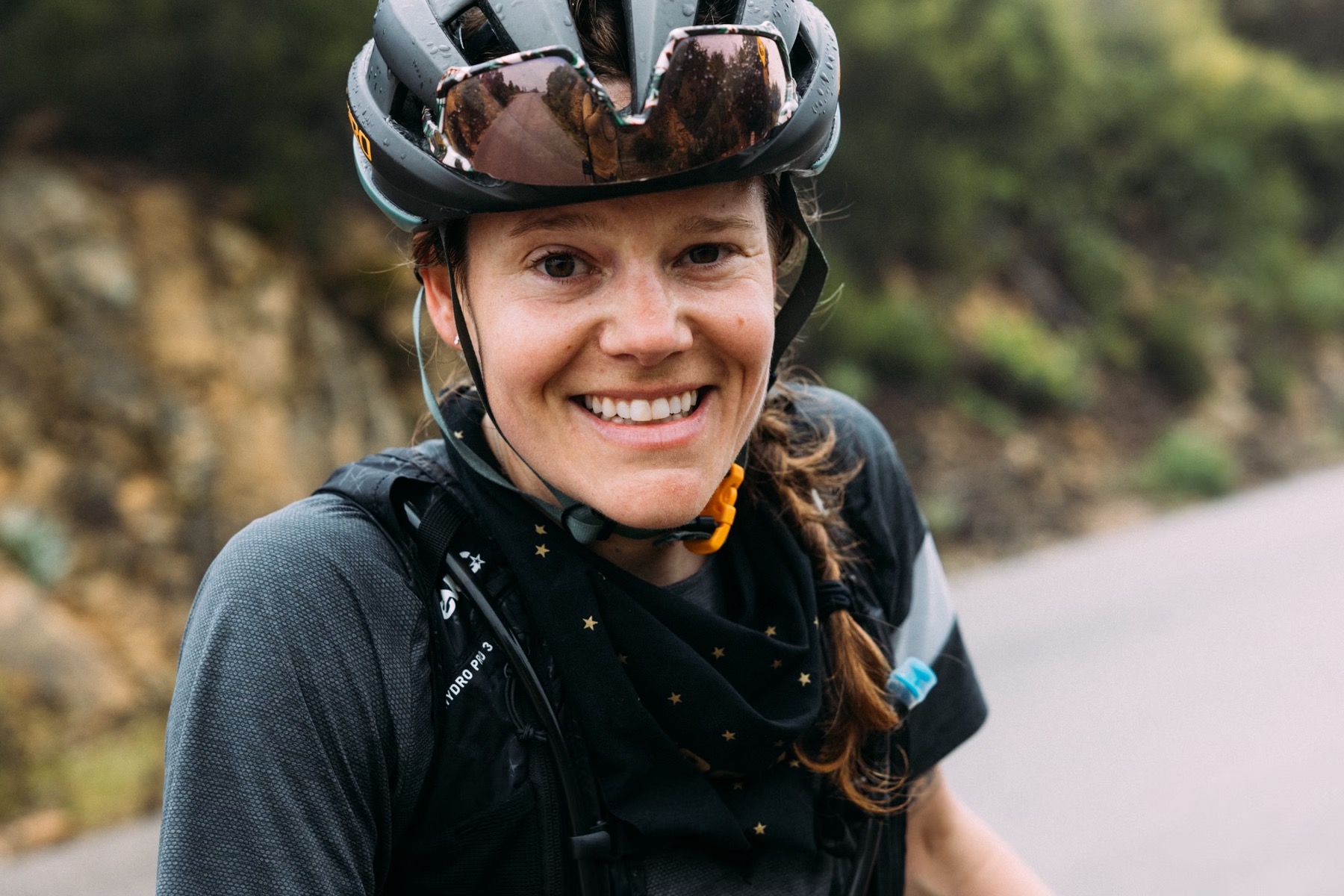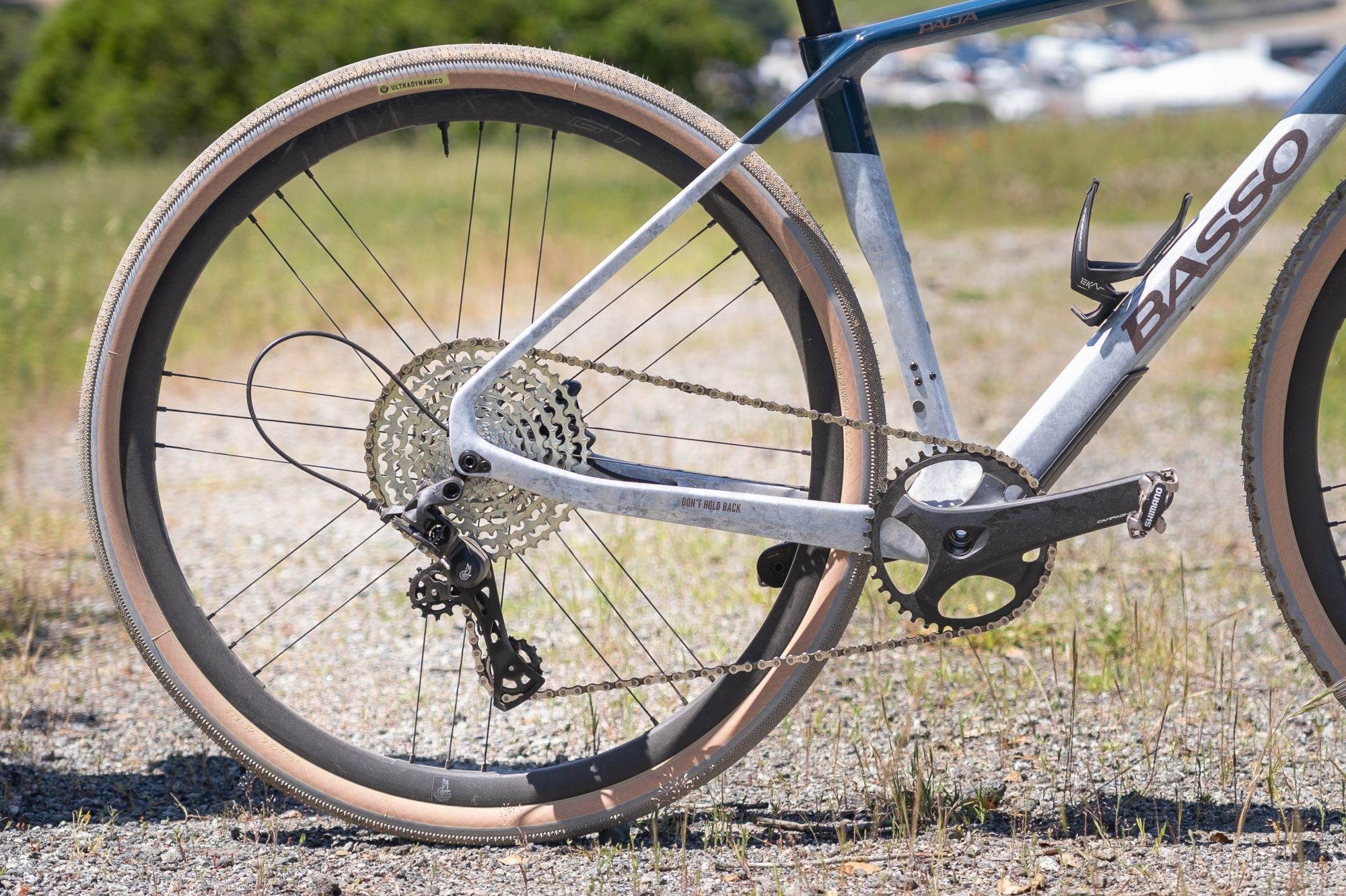Campagnolo’s new gravel groupset may just be better than the higher-end version: a first ride review of the Campagnolo Ekar GT groupset
While cheaper in construction, the Ekar GT groupset offers an improved hood shape, and the brand’s widest cassettes and gear range yet


When Campagnolo released its first gravel groupset in 2020, it was the first of the 'big three' drivetrain manufacturers to break into the 13-speed cassettes while also producing the lightest gravel groupset on the market.
Positioned as a premium choice for riders seeking top-notch performance in mixed-terrain conditions, the Ekar groupset offers superior braking, precise (albeit high-maintenance) shifting and, of course, that signature Italian flare. Aided by the Pandemic's bicycle boom, the Ekar gruppo became Campagnolo's most successful launch yet.
Four years on, Campagnolo has released the second member of the Ekar family: the Ekar GT (Gran Turismo). Somewhat surprisingly, the Italian brand did not opt to go electronic. Instead, with the Ekar GT, Campagnolo is introducing a 'more accessible' groupset with a wider gear range, the same powerful braking, slight cost savings and some improvements to boot.
Ekar GT was announced in February of this year and we finally got a chance to get a closer look and test-ride the groupset at the Sea Otter Classic in April –among the first in North America to do so. So, let's dive in.
Ekar GT: a wide-range groupset for wide-ranging needs

In creating its Ekar GT groupset, Campagnolo did more than swap out the carbon bits with aluminum ones. Despite the cheaper construction and cost savings(albeit minor), the Ekar GT groupset offers a new and improved hood shape and the brand's widest cassettes and gear range yet -- up to 480%.
Ekar GT remains a 1x13 drivetrain but, designed to be versatile, offers four cassette options and five chainrings to suit various riding needs, ranging from endurance riding to gravel adventures on technical terrain and bikepacking.
The four cassette options are: 9-36, 9-42, 10-44,10-48.
Get The Leadout Newsletter
The latest race content, interviews, features, reviews and expert buying guides, direct to your inbox!
The five chainrings are: 44t, 42t, 40t, 38t, and the new 36t.
Its widest gearing option yet, pairing the 36t chainring with a 10-48 cassette makes the Ekar GT a great option for bikepackers. Comparably, Shimano's mechanical 12-speed GRX, in its widest 1x configuration, offers a 40t chainring with a 10-51 cassette. SRAM offers perhaps the biggest variety of gravel-oriented builds (though most are electronic), from an Apex configuration of a 38t chainring paired with a 10-44t cassette to the high-end Eagle AXS mullet builds, which makes use of the brand's mountain bike line to allow for cassettes as big as 10-52.

Ekar GT offers Campagnolo's biggest gear range yet: 480%
Designed to accommodate this wide range of gearing, the all-new derailleur is forged from carbon fiber-reinforced polyamide, anodized alloys and stainless steel bolts to withstand even the toughest conditions. The derailleur's clutch system is permanently engaged for enhanced chain retention and minimal noise control. Like its competitors, the clutch can be locked for wheel removal. The pulley wheels have also gotten a makeover; not only are they bigger, they now also feature wider cutouts for mud clearing.
Another noteworthy change is the redesigned brake-shift levers. Perhaps taking criticisms from the Ekar group to heart (more on that later), comfort was a big focus in the redesign. The new brake levers feature a new textured hood, a greater reach adjustment range and a bump-less design.
The crankset on the GT is also new, now forged from aluminum with steel semi-axles and aluminum chainrings.
The whole package weighs in at a claimed weight of 2,700 grams. Given that the Ekar, in its market-lightest configuration, comes in at 2,385g, the penalty for a wider gear range is but minimal. And so is the price difference between the Ekar and Ekar GT. Despite its cheaper construction, the Ekar GT is only about 10% cheaper than its predecessor. The sticker price of the original Ekar is $1,764/ €1,696, while the new Ekar GT will set you back $1,599 / € 1,490.
For comparison, Shimano's top-end "unstoppable" set-up consists of a 1x12 drivetrain with a 40t chainring up front and a 10-51 cassette at the rear and retails for $1,542.93 / £1,270.97 but weighs 2,833.2 grams.
The Ride

I was keen to ride the new Ekar GT as the original gravel group had impressed me with its stopping power, crisp shifting and light weight. It did, however, have two main flaws:
1.) The rear derailleur shifts crisply when initially set up but is rather finicky. It requires frequent chain tension adjustments and tuning to keep the shifting crisp.
2.) The bump. The Ekar hoods didn't play so nice with a lot of handlebars on the market. On many occasions, there was an uncomfortable bump at the back of the hood where the lever body merges with the handlebar.
So did Campagnolo manage to address these issues? Yes, and I don't know yet.
I rode a Basso Palta specced with the Ekar GT in its widest configuration on and around the grounds of the Laguna Seca raceway in Monterrey, California. The testing trails were made for mountain bikes rather than gravel bikes and featured steep pitches, a rock garden and loose corners. This means I was in and out of the saddle and moving all over the bike. The aforementioned palm bump was pleasantly absent.
The redesigned Ergopower levers provide a flat and secure grip with lightly ribbed hoods and improved reach adjustments, allowing for better customization for us folks with small hands.

I cannot speak to how well the rear derailleur stays in tune because I simply didn't get to ride it for long enough, but the wide gearing is a most-welcomed addition as I needed every last tooth on this track. It was also something customers felt was missing from the existing Ekar group, which, while versatile, didn't have that extra low gearing adventure riders and bikepackers are asking for. Not that this groupset is made for that end of the spectrum alone. The cassettes are really well thought-out. The lowest options offers a rare 9t smallest sprocket, and all of the options move up by just 1t for the first 6 cogs - offering efficient and powerful pedaling on flatter and fast terrain. The jumps gradually increase as you get higher up in the cassette. This feels natural and in line with the changes in terrain. To me, this wide cassette sits in that happy medium between a SRAM XPLR system and SRAM Eagle mullet build.
The only bummer for current Ekar users is that the Ekar derailleur won't be able to handle the new 10-48 cassette, and the Ekar GT chainrings have a different BCD (bolt circle diameter) than the Ekar crankset, meaning that the groups are not cross-compatible.
I had a blast riding the new Ekar GT. The challenging, mountain bike-y terrain proved a perfect showcase for what this group is made for: anything you want it to do. With the 20 possible configurations, you can design the groupset to specifically suit your riding needs - all while staying in the same component family.
First Impression

With these bump-free hoods, better gear range offerings, powerful braking all in a still rather lightweight package, I can’t fault the Ekar GT groupset. I just wish the price was more competitive

Thank you for reading 20 articles this month* Join now for unlimited access
Enjoy your first month for just £1 / $1 / €1
*Read 5 free articles per month without a subscription

Join now for unlimited access
Try first month for just £1 / $1 / €1

Cycling Weekly's North American Editor, Anne-Marije Rook is old school. She holds a degree in journalism and started out as a newspaper reporter — in print! She can even be seen bringing a pen and notepad to the press conference.
Originally from the Netherlands, she grew up a bike commuter and didn't find bike racing until her early twenties when living in Seattle, Washington. Strengthened by the many miles spent darting around Seattle's hilly streets on a steel single speed, Rook's progression in the sport was a quick one. As she competed at the elite level, her journalism career followed, and soon, she became a full-time cycling journalist. She's now been a journalist for two decades, including 12 years in cycling.
-
 'It took everything' - Puck Pieterse outclimbs Demi Vollering to win La Flèche Wallonne
'It took everything' - Puck Pieterse outclimbs Demi Vollering to win La Flèche WallonneDutch 22-year-old shows Classics pedigree with first one-day victory
By Tom Davidson
-
 Tadej Pogačar flies to dominant victory at La Flèche Wallonne
Tadej Pogačar flies to dominant victory at La Flèche WallonneSlovenian takes second win at Belgian classic ahead of Kévin Vauquelin and Tom Pidcock
By Tom Thewlis